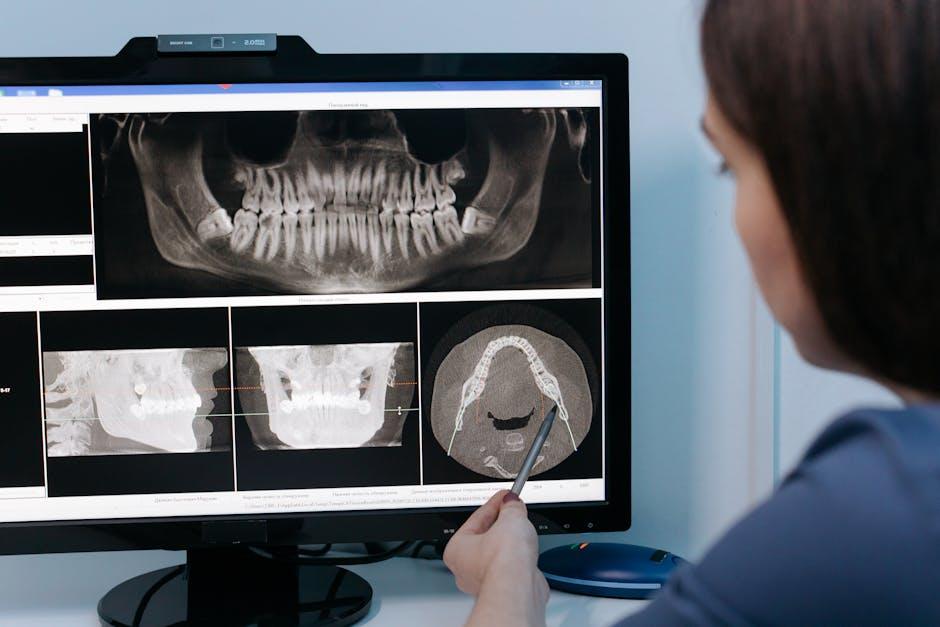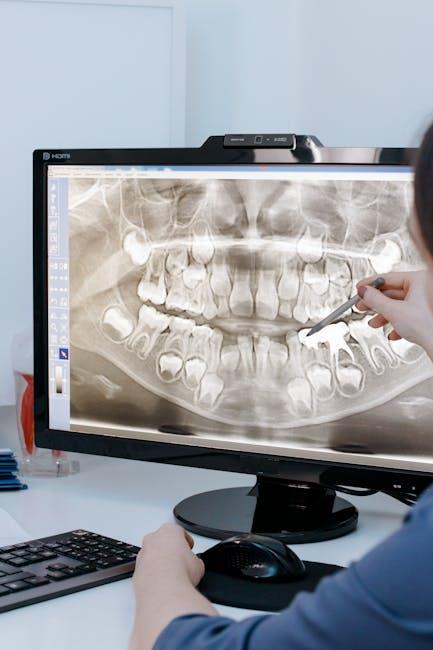
Dental Imaging Tech Boom: AI & 3D Scanners Reshaping the $6B Market
The dental imaging industry is undergoing a revolutionary transformation, powered by advancements in Artificial Intelligence (AI) and sophisticated 3D scanning technology. As reported by PR Newswire, this sector has rapidly grown into a lucrative $6 billion market, precisely because of these cutting-edge technologies that enhance diagnostic accuracy, patient experience, and practitioner workflow. In this article, we delve into how AI and 3D scanners are driving this boom, the benefits they offer, real-world applications, and practical tips for dental professionals looking to embrace the future.
Understanding the Dental Imaging Market Dynamics
The global dental imaging market has seen exponential growth in recent years, fueled by rising prevalence of dental diseases, increased awareness regarding oral health, and developments in imaging technology. According to recent market research, the industry was valued at approximately $6 billion in 2023 and is projected to continue expanding rapidly through the end of this decade.
Key contributors to market growth include:
- Integration of AI for enhanced image analysis and diagnostics.
- Adoption of advanced 3D scanners enabling precise oral cavity visualization.
- Rising demand for minimally invasive dentistry and personalized care.
- Improvements in patient comfort and clinical workflow efficiency.
The Role of AI in Revolutionizing Dental Imaging
Artificial Intelligence is arguably the most disruptive technology in dental imaging today. By leveraging machine learning algorithms and deep learning models, AI software can analyze dental X-rays, CT scans, and 3D images faster and more accurately than ever before.
How AI Enhances Dental Imaging
- Automated Diagnostics: AI detects caries, periodontal disease, and abnormalities with high precision, reducing human error.
- Treatment Planning: AI-powered platforms assist dentists in crafting customized treatment plans by simulating outcomes.
- Workflow Efficiency: Automated image segmentation and annotation save time and streamline processes.
- Tele-dentistry Support: AI enables remote diagnosis, improving access to dental care in underserved regions.
AI-Powered Dental Imaging Tools on the Rise
| Tool Name | Primary Function | Key Benefit | Adoption Rate |
|---|---|---|---|
| DentaAI Diagnostix | Caries & Lesion Detection | 98% accuracy in early diagnosis | Rapidly Increasing |
| OrthoVision Pro | Orthodontic Treatment Simulation | Customizable treatment planning | Moderate |
| ScanAssist 3D | Image Segmentation & Annotation | Reduces radiologist workload | Growing |
3D Scanners: The New Standard for Precision Imaging
While traditional two-dimensional dental X-rays have long been the norm, 3D scanners are setting a new standard with their ability to capture highly detailed volumetric images of the oral cavity. These scanners use laser, structured light, or cone-beam computed tomography (CBCT) to generate precise 3D models for diagnostic and treatment purposes.
Major Advantages of 3D Dental Scanners
- High-Resolution Images: Capture fine anatomic details impossible with 2D imaging.
- Enhanced Patient Communication: 3D visuals allow dentists to educate patients more effectively.
- Faster Chairside Workflow: Real-time scanning reduces appointment times and improves accuracy.
- Compatibility with CAD/CAM: Enables seamless integration with digital design and manufacturing for implants, crowns, and orthodontic appliances.
Popular 3D Scanner Technologies in Dentistry
| Scanner Type | Technology | Common Uses | Benefits |
|---|---|---|---|
| Intraoral 3D Scanner | Structured Light | Impressionless crown & bridge scans | Comfort & speed |
| Cone-Beam CT (CBCT) | X-ray 3D Imaging | Endodontics, implant planning | Volumetric accuracy |
| Desktop 3D Scanner | Laser Scanning | Model & study cast digitization | High precision |
Benefits of AI & 3D Scanners in Dental Imaging
The synergy between AI and 3D imaging technologies is creating powerful benefits for dental practices, patients, and the broader healthcare ecosystem.
- Improved Diagnostic Accuracy: Combining AI analysis with high-res 3D images leads to earlier and more accurate detection of dental issues.
- Minimized Patient Discomfort: Digital impressions replace messy molds, and shorter scan times reduce anxiety.
- Cost-effectiveness: Streamlined workflows mean reduced chairside time and fewer retakes, saving costs long-term.
- Enhanced Patient Outcomes: Personalized treatment plans supported by precise imaging foster better oral health results.
Case Study: AI & 3D Tech Transforming a Dental Practice
BrightSmiles Dental Clinic, a mid-sized practice in California, adopted AI-powered diagnostics alongside intraoral 3D scanners in 2022. Within just six months:
- Diagnostic accuracy increased by 30%, catching early cavities that were previously missed.
- Patient wait times dropped by 40% due to faster image capture and automated analysis.
- Patient satisfaction scores improved dramatically thanks to enhanced treatment communication.
The clinic attributes this success to investing in integrated digital workflows that leverage both AI and 3D scanning technologies.
Practical Tips for Dental Professionals Considering AI & 3D Scanners
- Evaluate Needs: Assess what diagnostic challenges or workflow inefficiencies you want to address.
- Research Vendors: Compare technology providers focusing on integration capabilities, support, and training.
- Train Staff Thoroughly: Comprehensive training ensures smooth adoption and maximizes technology benefits.
- Start Small & Scale: Pilot new technologies on select cases before full practice-wide rollout.
- Monitor ROI: Track key metrics such as diagnostic accuracy, patient flow, and satisfaction to measure success.
Looking Ahead: What’s Next in Dental Imaging?
The future of the dental imaging market is bright, with ongoing AI advancements and 3D scanning refinement pushing the industry boundaries. Emerging innovations include:
- AI-driven predictive analytics to forecast disease progression.
- Augmented reality (AR) overlays integrated with 3D imaging for intraoperative guidance.
- Portable, handheld 3D scanners for field diagnostics and mobile dentistry.
- Cloud-based AI platforms enabling collaborative care and continuous learning.
Dental practices that embrace these technologies early will not only improve clinical outcomes but also gain a competitive edge in the evolving healthcare landscape.
Conclusion
The $6 billion dental imaging market is undoubtedly experiencing a tech boom fueled by the transformative powers of AI and 3D scanners. These innovations are reshaping how dentists diagnose, treat, and communicate with their patients, setting new standards for accuracy, efficiency, and care quality. By understanding these technologies’ benefits and practical applications, dental professionals can position themselves at the forefront of this burgeoning market, delivering superior patient outcomes and optimizing operational workflows. As we watch this industry evolve, it’s clear that AI and 3D imaging are not just trends—they are the future of dental healthcare.


